Roseate Skimmer
Needham’s Skimmer
Great Blue Skimmer
Common Green Darner
Ebony Jewelwing Dameselfly
Ebony Jewelwing Dameselfies, Calopteryx maculata (Beauvois) are most often seen near slow moving streams. Both males and females have iridescent green bodies. The males wings are dark and the females wings are bronze colored with at white spot on the edge of the foreweings. They are large dameselflies that grow to 2.25 – 3 inches and have wingspans of 1.5 – 2.25 inches .
Female Ebony Jewelwings lay their egss on aquatic debris that forms a raft or dam in a stream. The naiads or juvemiles hatcht and feed on small aquatic prey. The naids are preyed on by frogs, fish, and birds. Adult Ebony Jewelwings are prey for frogs, fish, spiders, birds and the larger dragonflies.
Look for this damselfly that is endemic to eastern North America in Florida as far south as Brevard County on the eastcoast and Desoto County on the west coast. Ebony Jewelwings often rest on branches or leaves where their iridescent bodies shimmer in the sunlight.
Photo Credit: Dan Kon
Seaside Dragonlet
The Seaside Dragonlet, Erythrodiplax berenice, is the only North American dragonfly that breeds in saltwater.
Native to Florida, these small dragonflies can be found in mangrove swamps, salt marshes, and coastal strands throughout Florida. Adult males are a dusty dark blue, juveniles are yellow and black, and adult females’ color varies. Seaside Dragonlets dine on other insects and can be seen year-round near Florida’s coasts.
Eastern Pondhawk Dragonfly
Common throughout the eastern United States and parts of Canada and Central America, Eastern Pondhawks, E. simplicicollis simplicicollis, are often found near still waters in wetlands and near ponds. Females are bright green with black markings on their abdomen. Males are blue with beautiful green faces.
Eastern Pondhawks will dash from their perch on plants near the ground to snatch prey which includes damselflies and other insects. They will carry their meal off to eat at a suitable place.
With only an average reproductive life of 10 days, reproduction occurs often and sometimes more than once a day. Mating occurs on vegetation and the female deposits her eggs on the water within a minute.
Fun fact: Dragonfly fossils have been dated at over 300 million years old. This means that dragonflies existed more than 100 million years before dinosaurs!
Photo Credit: Dan Kon
Blue-ringed Dancer
Blue-ringed Dancers, Argia sedula, are damselflies. Smaller than Dragonflies, these beautiful dancers are found near freshwater streams, lakes, and rivers. When they are not dancing through the air catching tiny insects in flight, they can often be found perching on aquatic vegetation.
Male Blue-ringed Dancers are vibrant blue and black while females are a dull brown. They fly together as they mate before the female deposits her eggs in vegetation with her long ovipositor. The larvae, known as naiads, dine on insects in the freshwater they inhabit. Blue-ringed Dancers emerge from the larval stage to search for food and a mate while entertaining us with their balletic movements.
Halloween Pennant Dragonfly
Halloween Pennant Dragonfly (Celithemis eponina).
This not-so-spooky dragonfly gets its name from its orange and black coloring. Yellow markings can be found on females and juvenile males. As males mature, their coloring starts to turn into a more vibrant color of orange. This is the largest species of pennant dragonfly in eastern North America. They can commonly be found around lakes, streams, or other wetland areas and are most active in the morning.
Blue Dasher
This male Blue Dasher (Pachydiplax longipennis) is easily recognized by the vibrant blue body and metallic blue eyes. Females are not as colorful as males. The difference between the appearance of males and females is called sexual dimorphism. As they age, their bodies cast a more powdery overtone. These little carnivores will eat 10% of their body weight each day and are not picky eaters. They will eat almost any type of insect. Mosquito larvae are a common food source. They hunt by remaining still and waiting for food to come to them. In one swift movement, they “dash” toward their prey to capture it.
Photo Credit: Aymee Laurain
Dragonfly
This Dragonfly is warming up before getting to work.
Did you know dragonflies inhabited earth before dinosaurs? These amazing arthropods can be found near lakes, ponds, rivers, swamps, and marshes. After hatching from eggs, dragonflies spend much of their life as nymphs. In this stage, they breathe through gills located in their anus and feast on tadpoles, worms, and small fish. After shedding their skin, the adults crawl onto land. Dragonflies must warm up before setting off to do important work in our ecosystem. You will find them soaking up the sun early in the morning before spending the rest of their day on a search for food. Dragonflies control the populations of many insects, including those pesky mosquitoes. Known as nature’s helicopter, the wings of a dragonfly work both together and independently. This is why we see incredible aerial feats such as hovering, turns, and backward flying. The next time you see a dragonfly, spend a few minutes watching one of nature’s wonderful gifts.

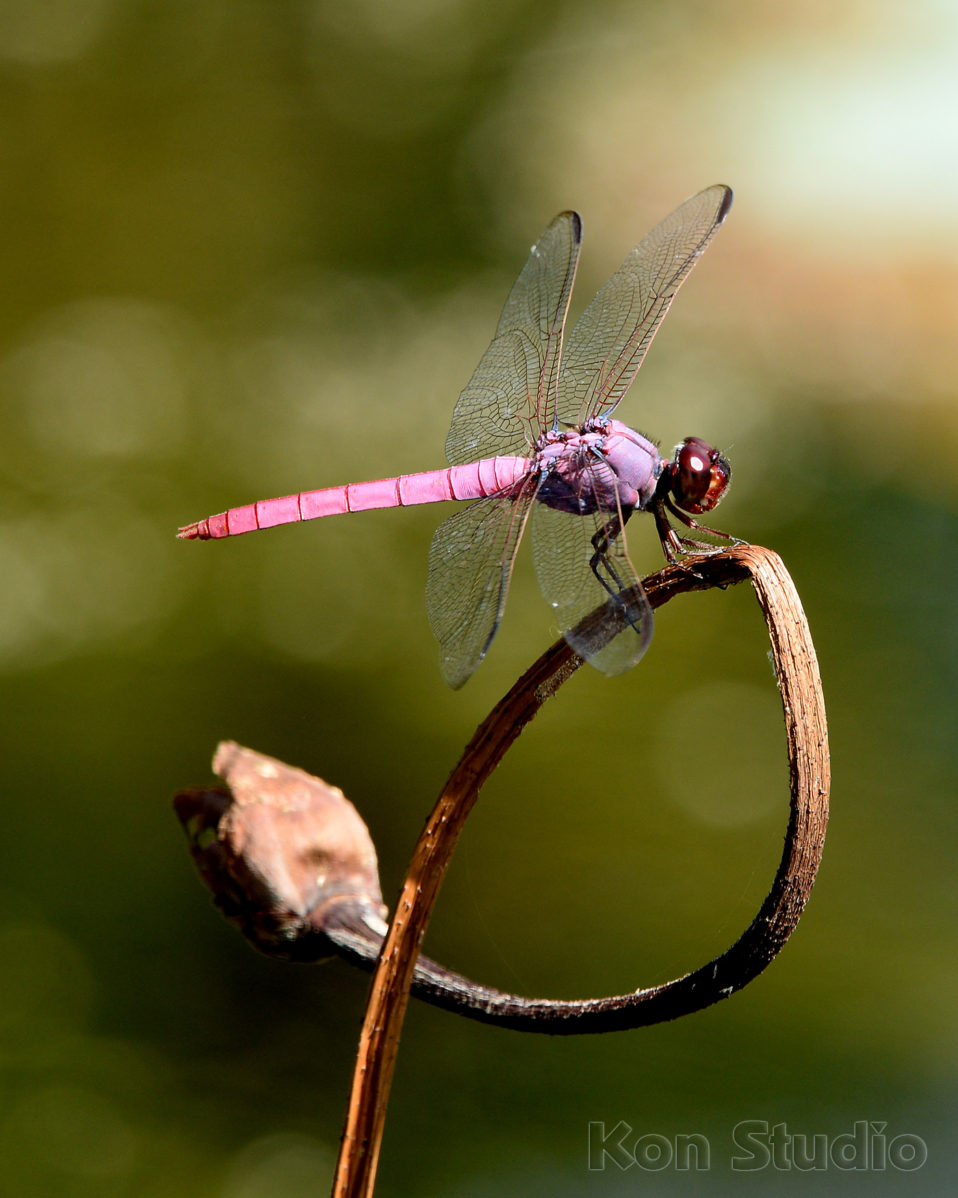
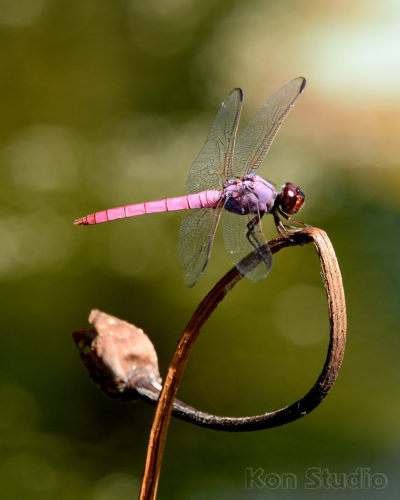
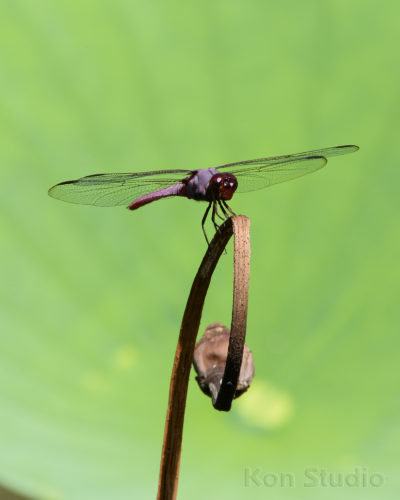
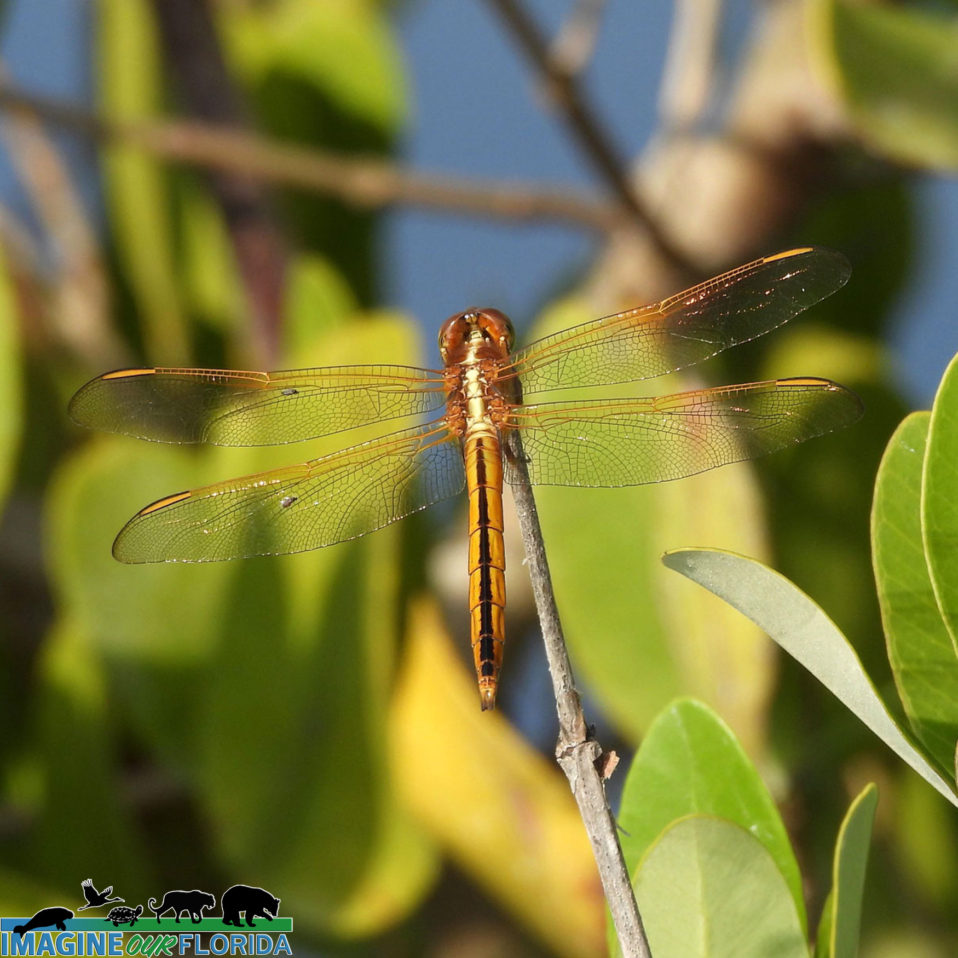
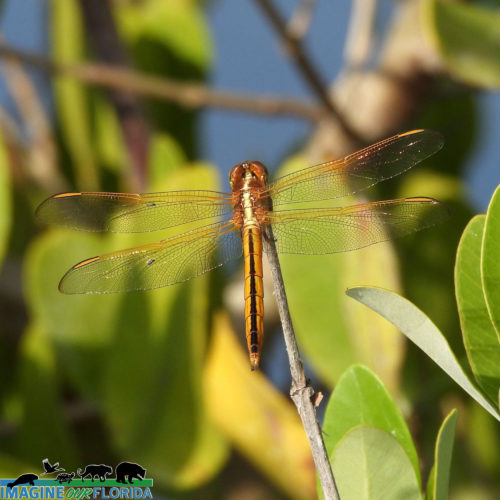
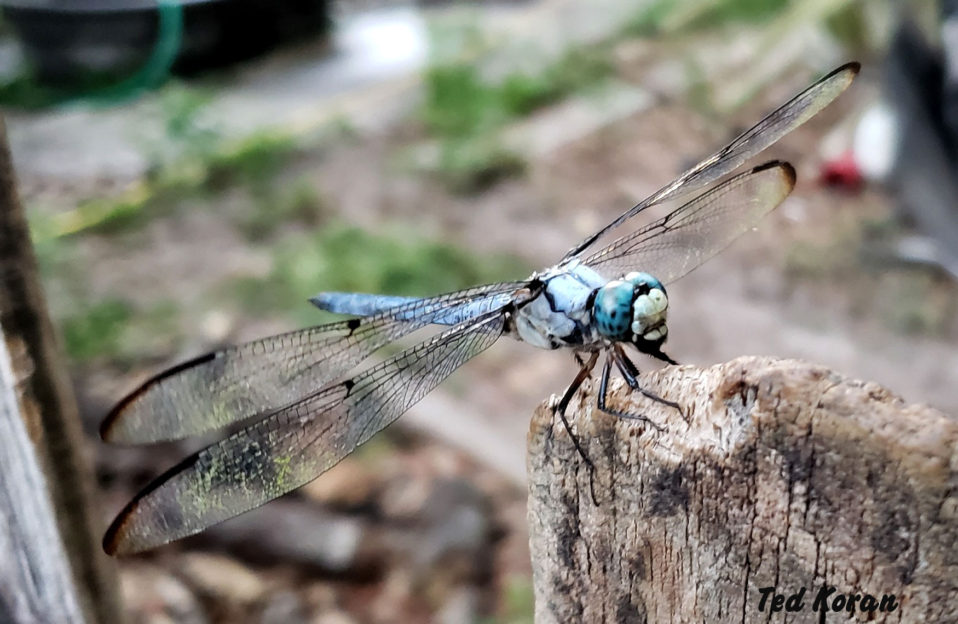
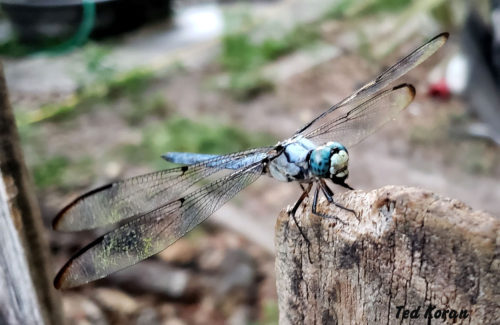
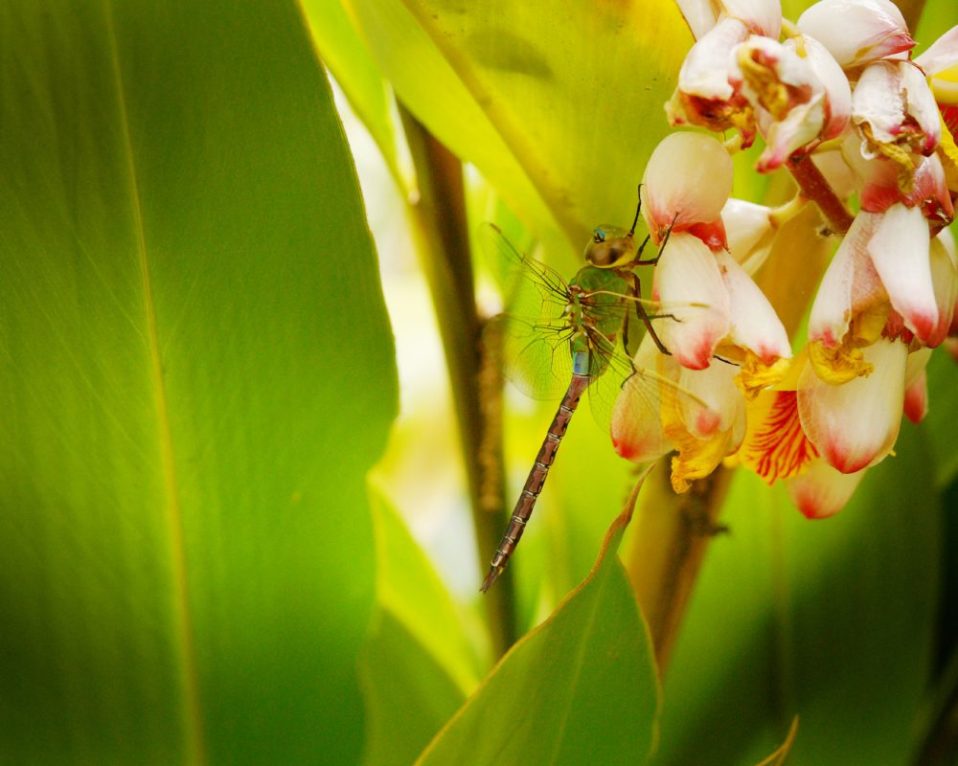
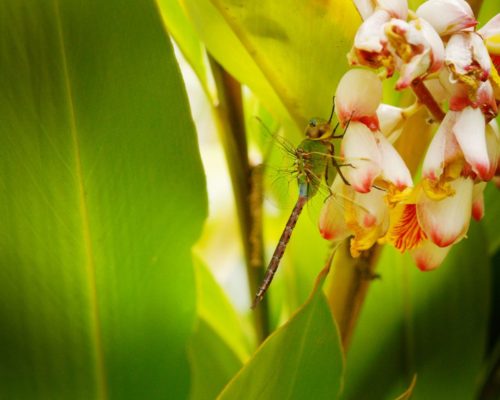
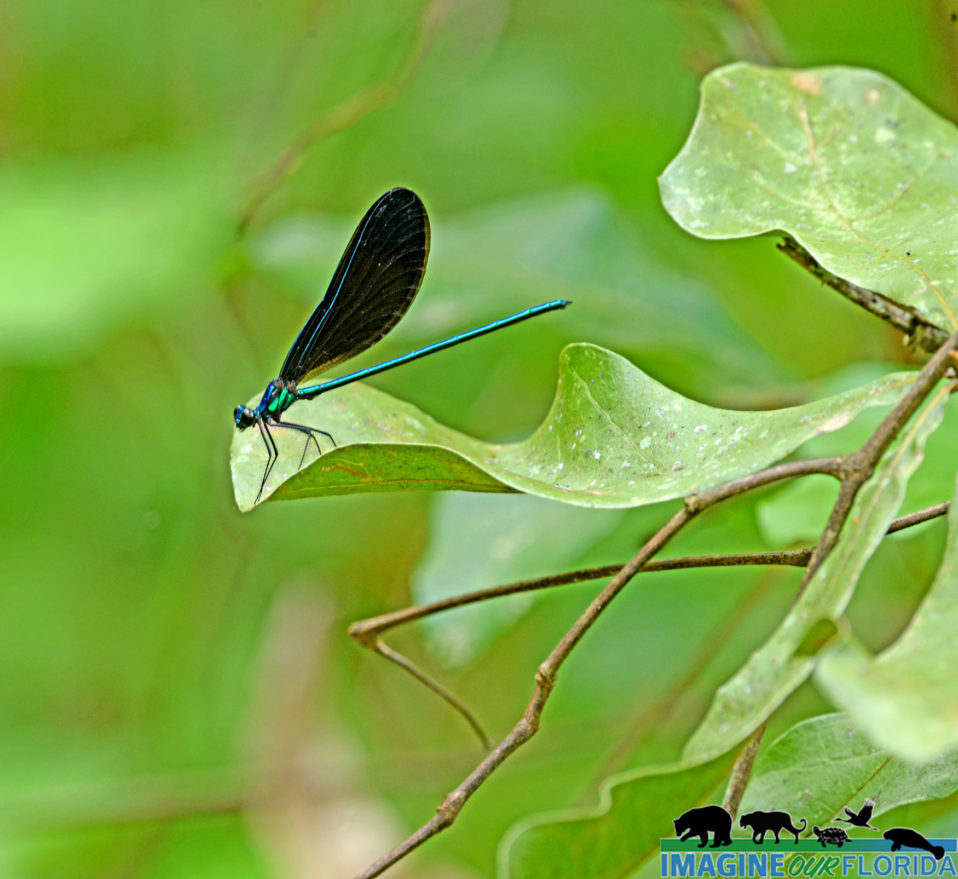
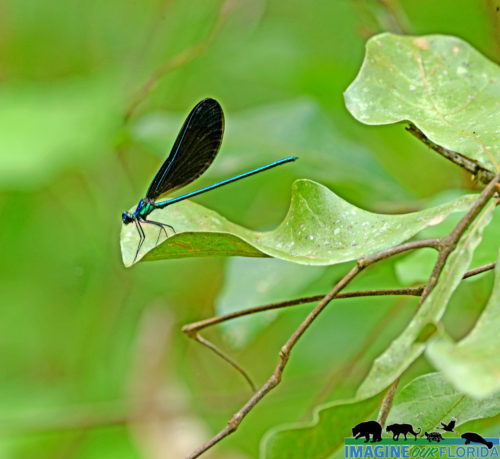
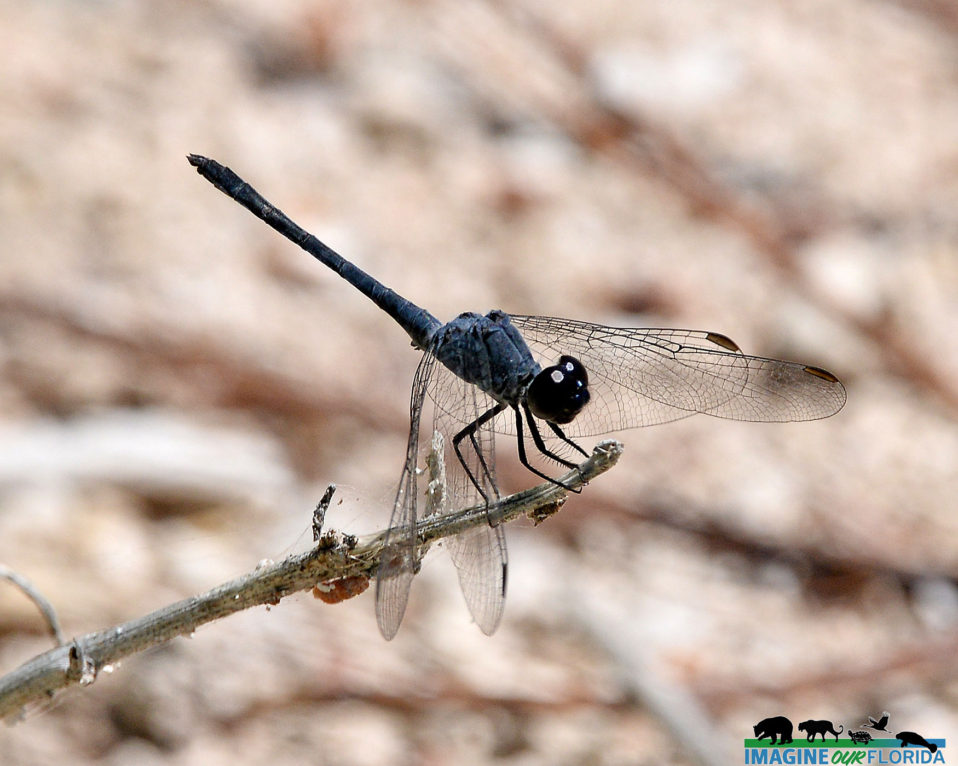
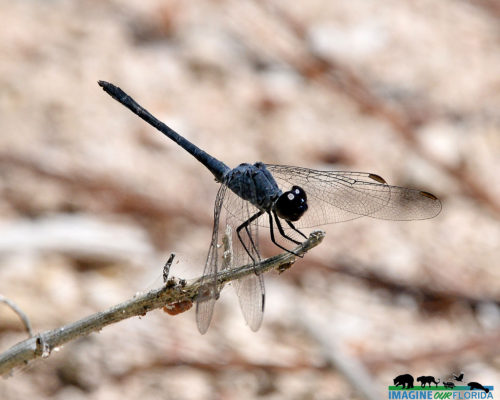
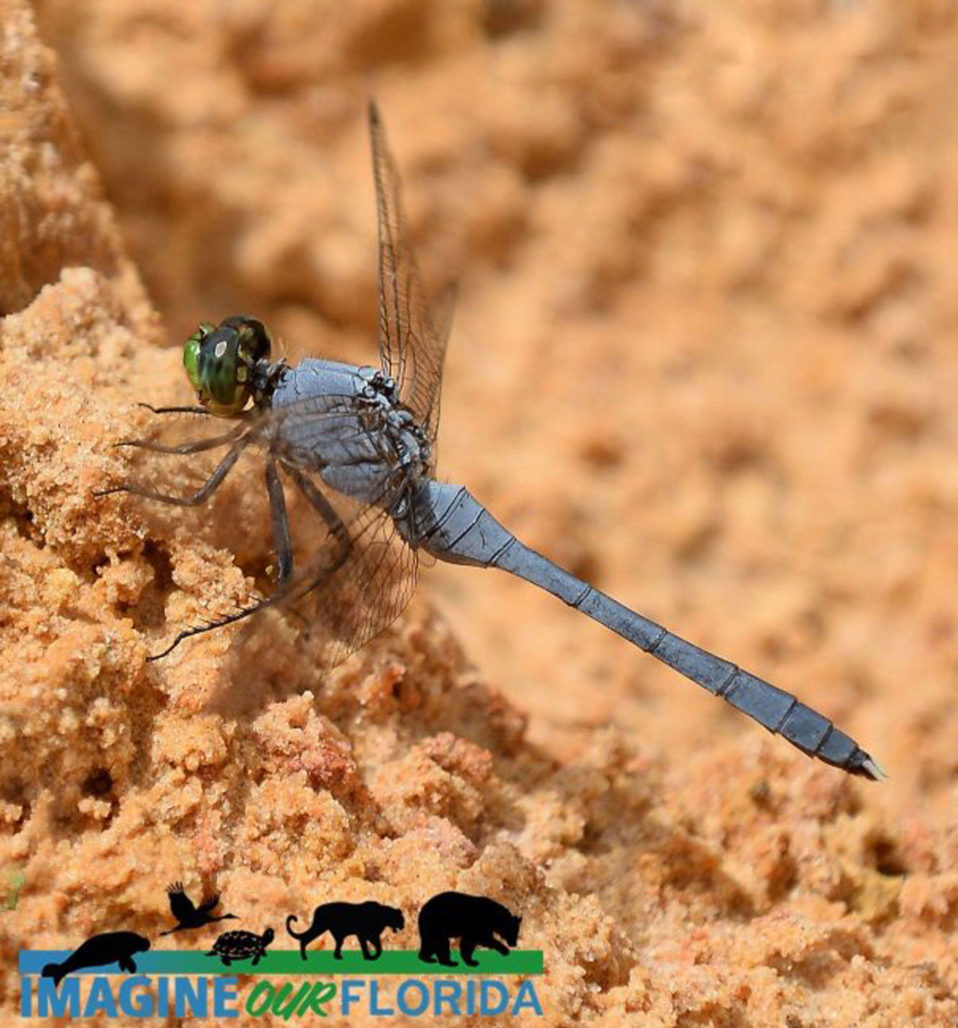
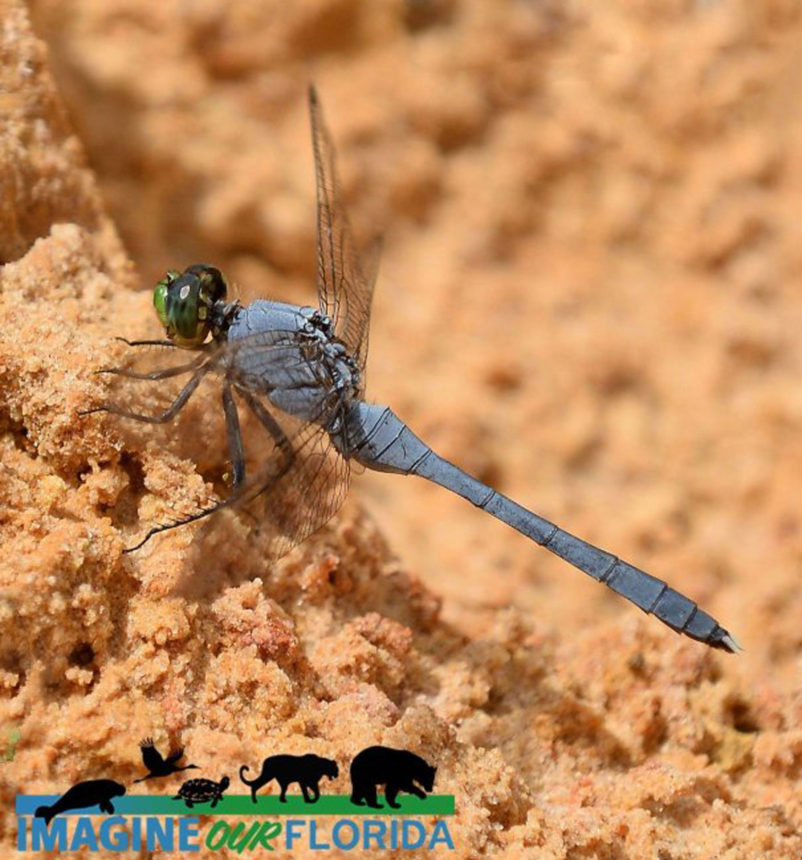
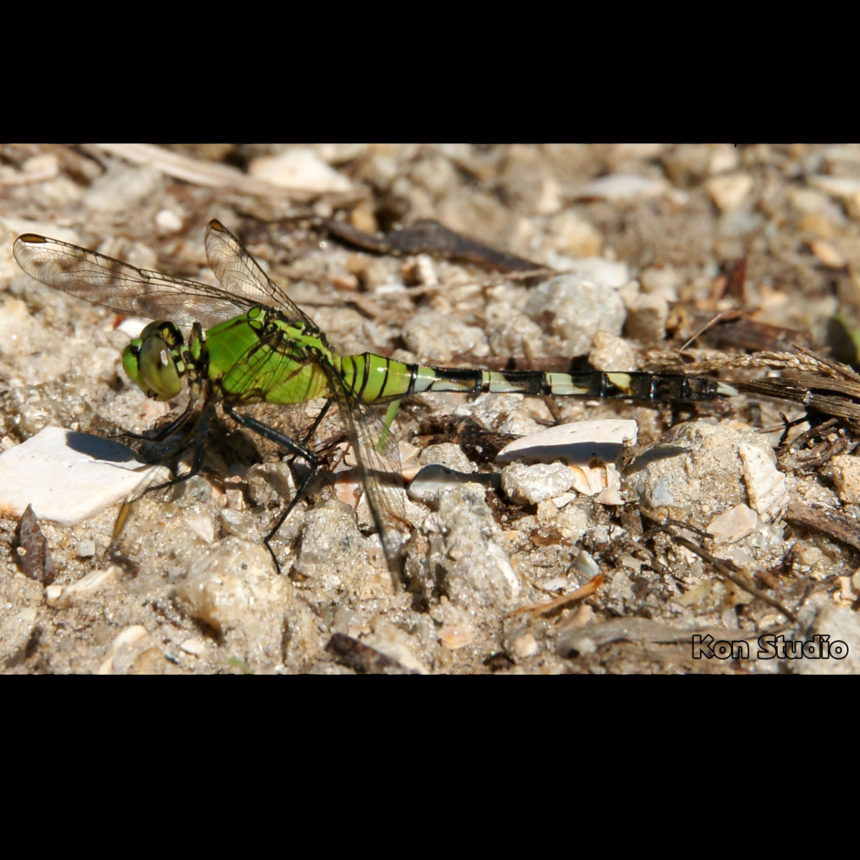
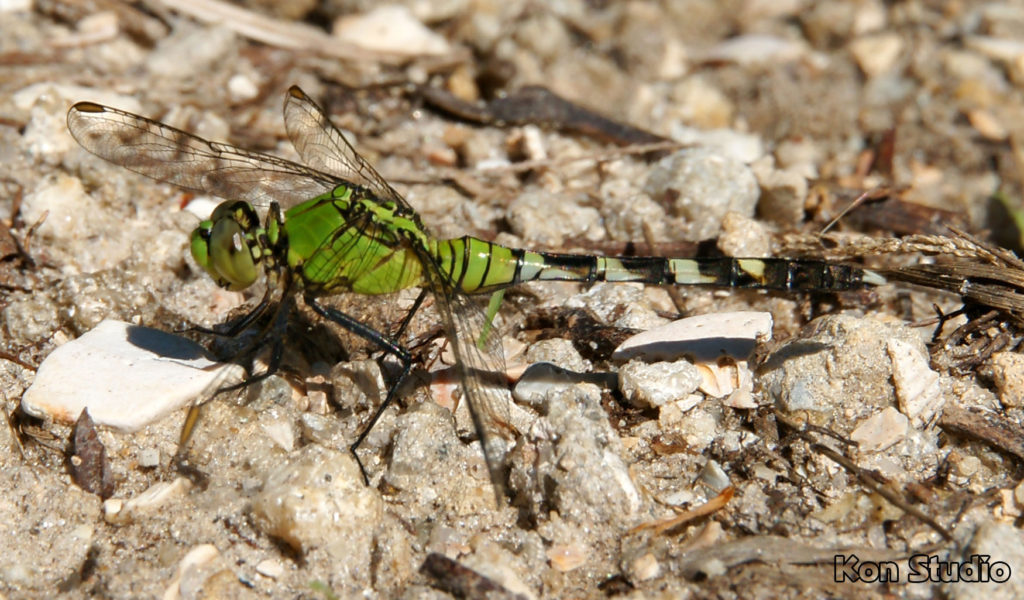
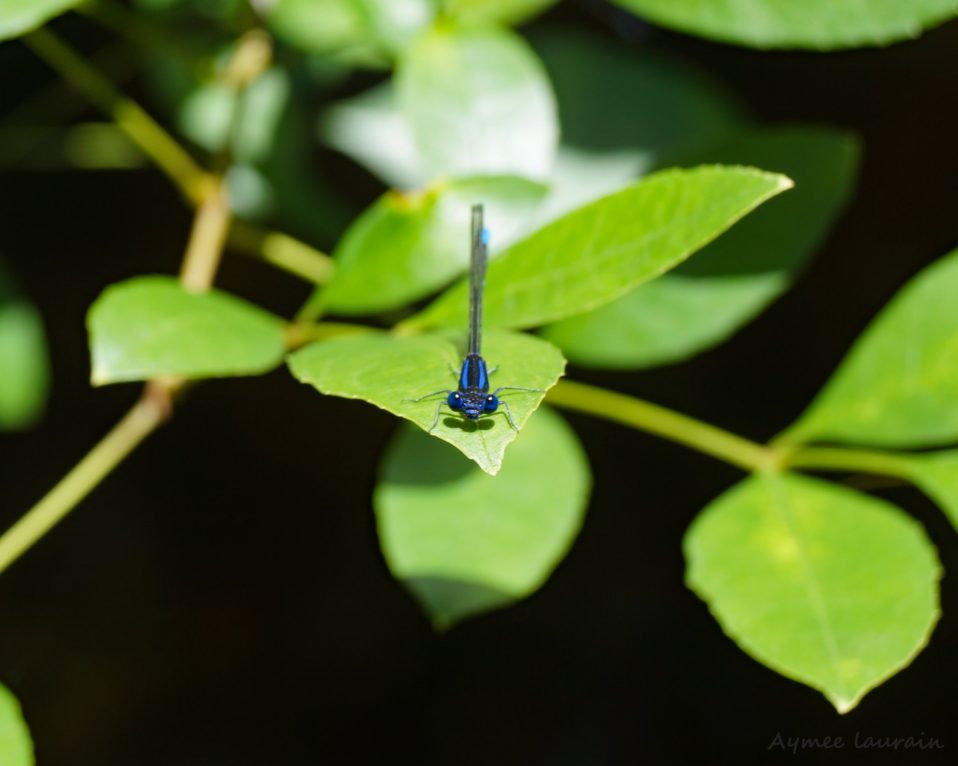
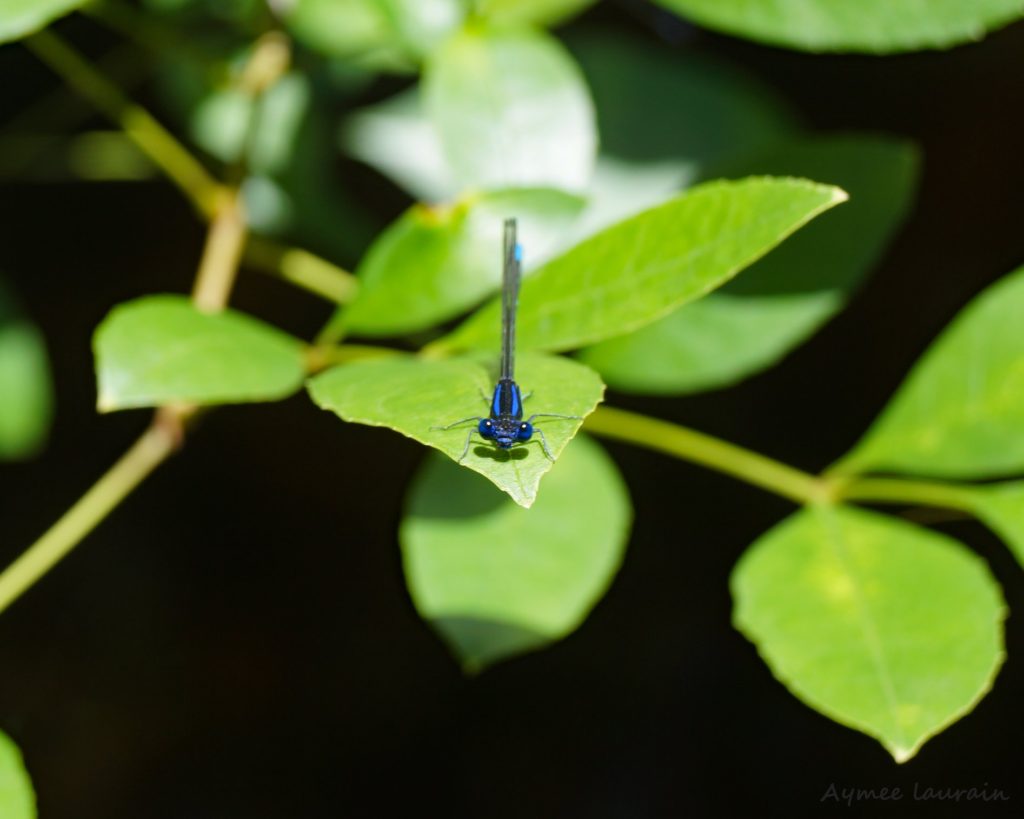
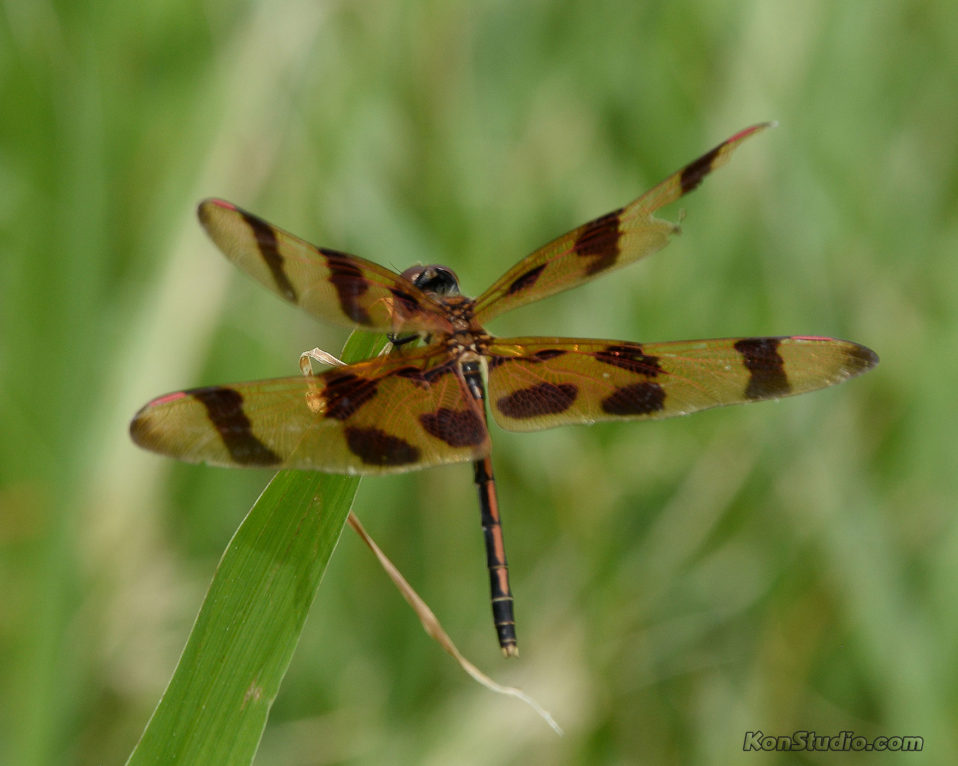
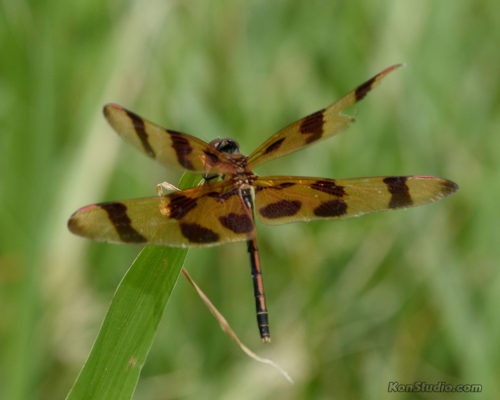
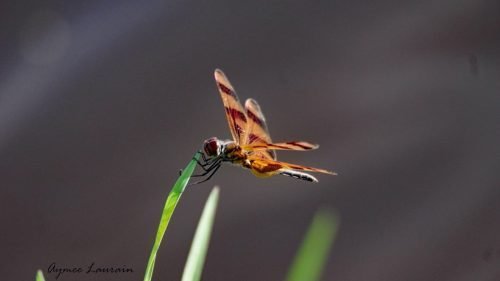
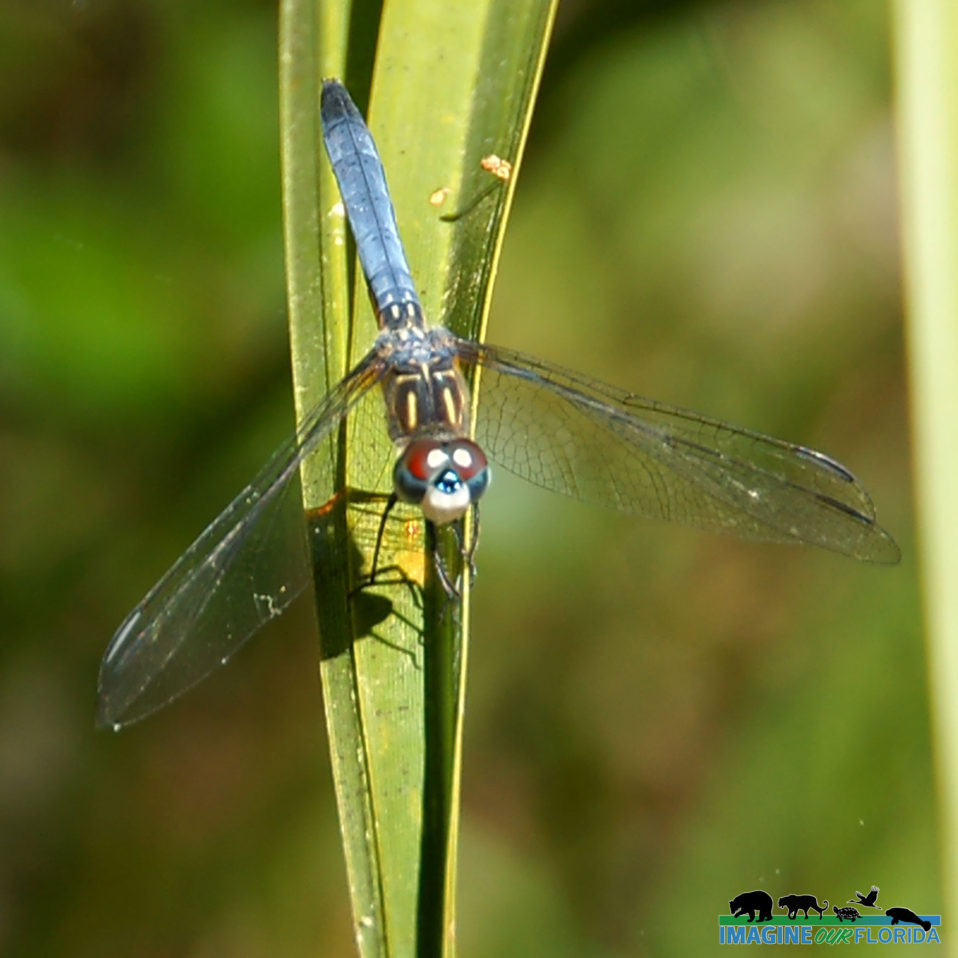
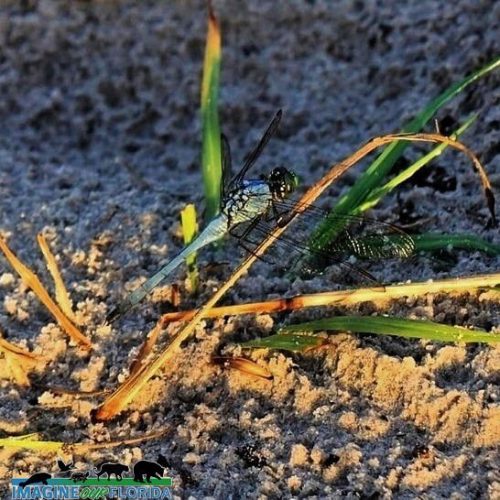
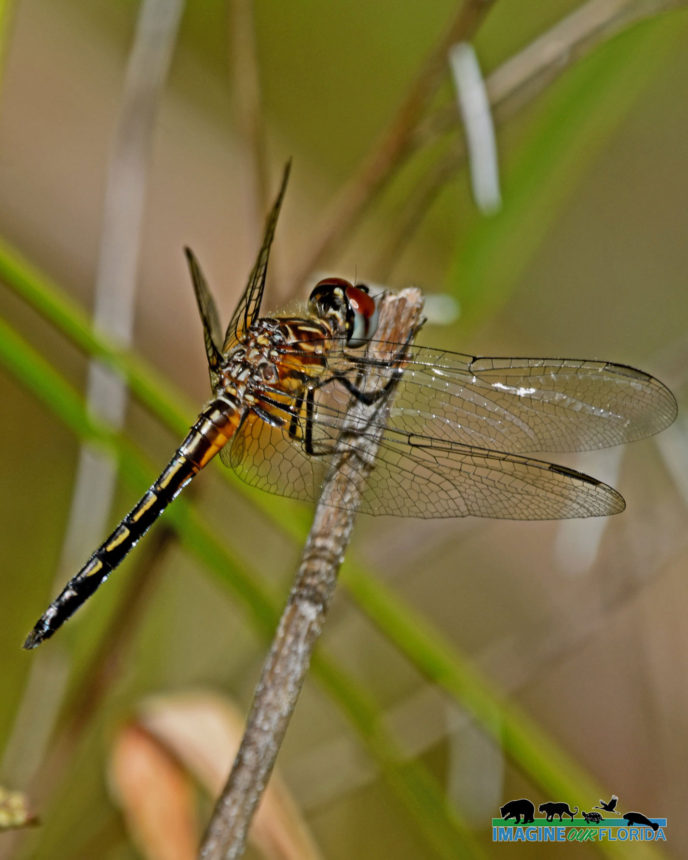
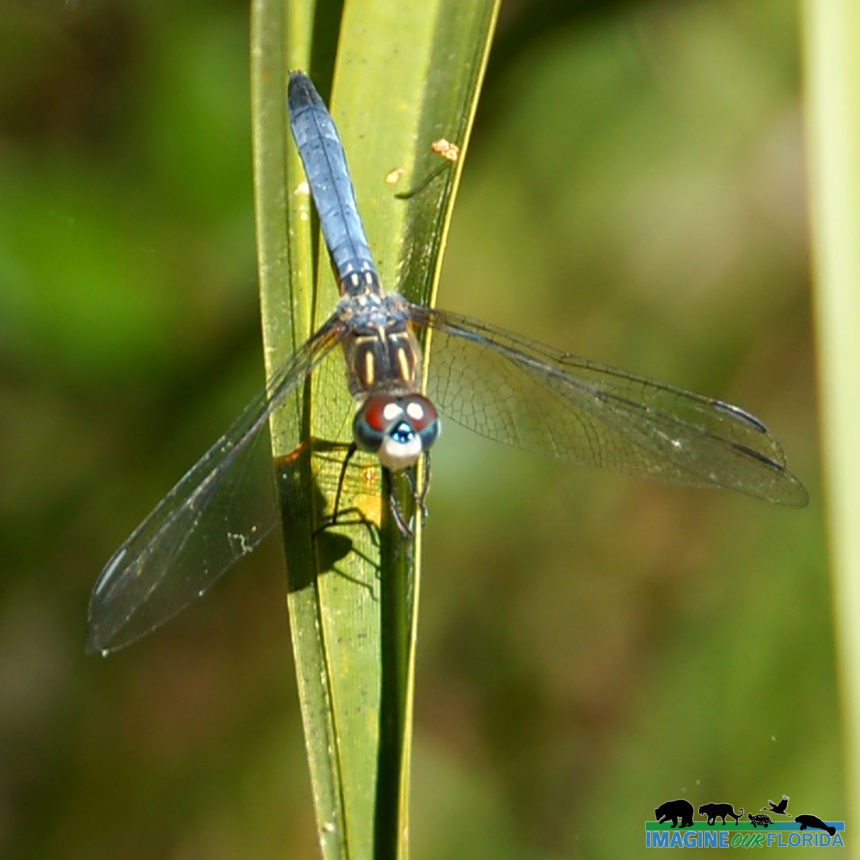
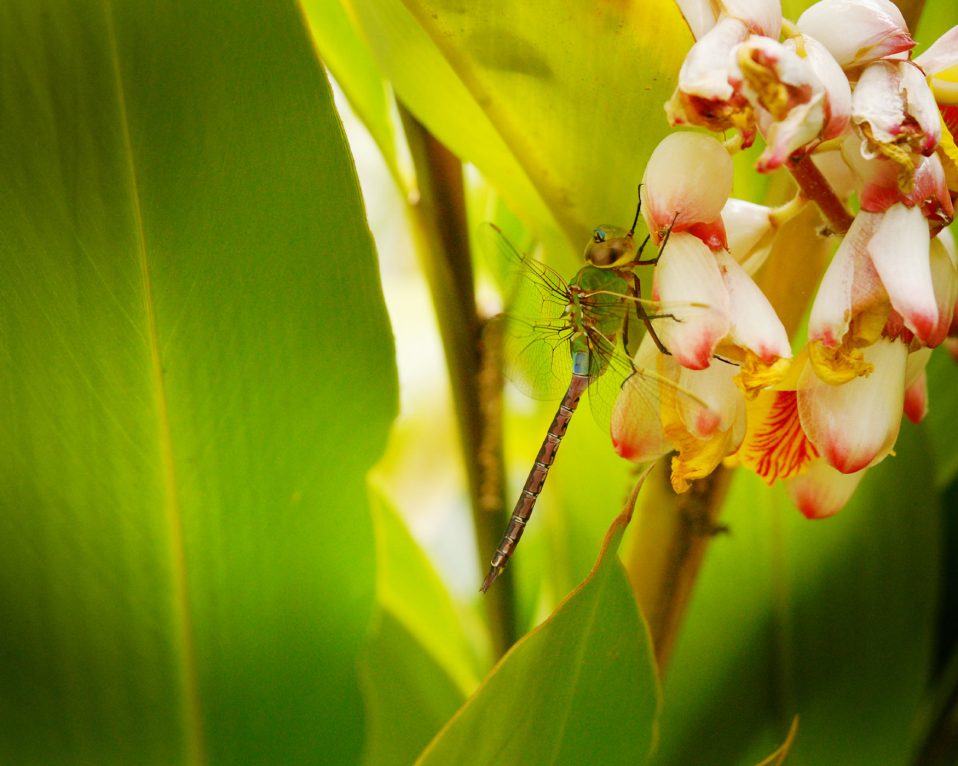
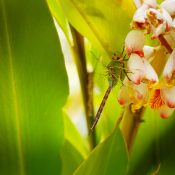
Recent Comments